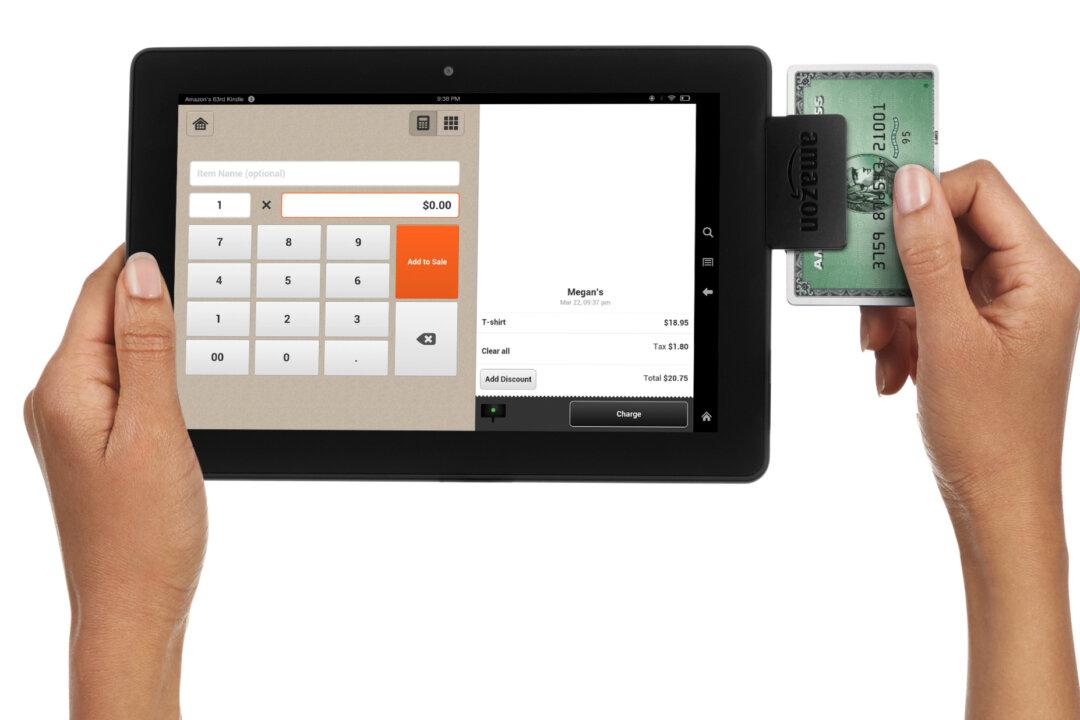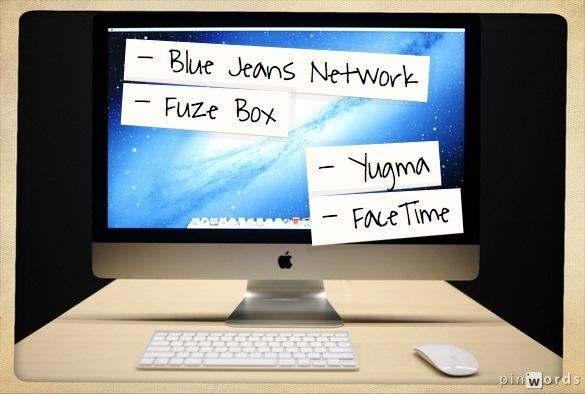Businesses have evolved considerably over the last decade. The most interesting innovation to hit the world of business has been smartphone card readers. These tiny card scanners are attached to the base of the smartphone or tablet through a USB port and they work just as well as a large card scanner.
The biggest impact of these mobile card scanners has been on small businesses. It used to be that small businesses like food trucks and farmers at markets had no other option but cash payments. It was not possible to set up traditional POS software and machines at temporary outdoor locations and businesses frequently lost money as they had to turn away customers who offered only credit cards.
Now, that is outdated. It is common to find small merchants using miniaturized credit card terminals on their smartphones to bill sales and then send wireless signals to local portable printers to print customer receipts. No customer is turned away and this has directly increased profits for small retailers
For The Small Business Owner
Website Howstuffworks stated that vendors like Shopify were the market leaders as they had more than a million customers already using the e-card readers through tablets or smartphones. All the customer had to do was purchase the e-card reader through vendor and they were good to go.
These popular readers were compatible with almost every smartphone or tablet on the market and some vendors even offered the device and the app free. However, it is not as simple as it seems. Even though the card readers are useful and effective, not all of them are the same. In fact, the FTC recently issued a report regarding mobile card readers.
Although there are no direct threats from these devices, the FTC urges caution and recommends that you buy the device from a reputable dealer, states Bizjournals. As a small business owner, you have to choose the right option for your particular needs. To help you out, we’ve listed a few factors that will help you make a decision.
Fees
Almost every vendor will charge you fees for their card reader. However, some charge upfront while others charge per transaction. For example, some vendors provide the card reader and the app free and charge a per transaction fee. However, other vendors charge fees per swipe or per transaction along with a key-in transaction fee.
Ideally, fees may range from 2.7% to about 4% per annum. Before you sign on, make sure you check exactly how much the fees will cost you per month.
Accepted cards- Traditionally, most credit cards are accepted but mobile card readers may only accept a few card varieties. No matter which card reader you use, make sure the reader can scan and accept all major credit cards like American Express, Discover, MasterCard, etc.
Features
Most card readers also offer unique features that make them very useful for small business owners. For example, when a sale is processed, the company provides customized receipts for customer, email receipts, customer information sharing, GPS location reporting, Electronic signature on tablets, return / refund/ credit options, etc. for all card readers. Most card readers also offer these features and they are quite useful.
Encryption
Data security is paramount for all credit card transactions and thankfully, the e-card readers are not different. When you use the e-card reader, the vendor will make sure that the reader is PCI-compliant and covered with PCI-DSS coverage. To ensure optimum protection, the cards are covered with end-to-end encryption (E2EE) and tokenization to protect customer data and to ensure customer confidence.
Transaction speeds
Not many people will tell you this, but transaction speeds are important states Twcnews. With a traditional card reader, the machine will run on a broadband or wireless connection that was set up only for transactions. As a result, most payments clear quickly, but problems do happen.
Card readers on the other hand run on a wireless network that routes through your phone. A problem in the connection can hold up the entire transaction and even negate the entire sale. As a result, it would be a good idea to read a few reviews about the products and verify just how fast the card reader actually is. The good news is that almost all readers are quite fast and they very rarely create problems.
For anyone considering a mobile card reader, it would be a good idea to shop around and find a reputable vendor recommends Ware-Everpay. However, if you already have a POS-enabled website, it would be great to buy your card reader from the same vendor. You not only get a great deal, but you also know that the smart card reader will work with your website POS as well.
Website: http://thegadgetflow.com/blog/


